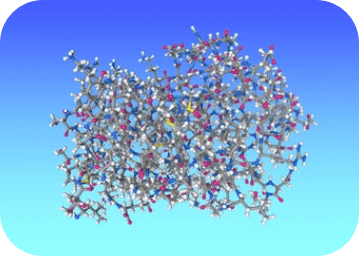The hit validation and optimization platform is a critical stage in DNA-encoded libraries (DELs) screening services, focusing on confirming the biological activity and specificity of initial hits and optimizing these compounds for better efficacy and safety. This platform leverages secondary assay technologies, specialized devices, and structure-based drug design (SBDD) tools to validate hits and refine lead compounds.
Secondary Assay Technologies
Follow-Up Assays

Secondary assays include biochemical assays, cell-based assays, and functional assays. These assays are designed to confirm the biological activity of the compounds and ensure their specificity for the target protein. By conducting rigorous follow-up assays, researchers can distinguish true positives from false positives and prioritize compounds with genuine therapeutic potential.
Biochemical Assays
Biochemical assays can include enzyme inhibition assays, binding affinity assays, and other biochemical techniques. Specialized devices such as microplate readers, liquid handling systems, and surface plasmon resonance (SPR) instruments are essential for these assays.
Cell-Based Assays
Cell-based assays evaluate the biological activity of compounds in a more complex, physiologically relevant environment. These assays involve testing compounds on cultured cells to observe their effects on cellular processes, such as cell proliferation, apoptosis, or signal transduction. Key devices used in cell-based assays include automated cell counters, high-content screening (HCS) systems, and flow cytometers.
Functional Assays
Functional assays assess the overall impact of compounds on biological systems. These assays can include a variety of techniques, such as reporter gene assays, electrophysiology assays, and other functional readouts. Devices such as electrophysiology recording systems, fluorescence plate readers, and real-time PCR machines are crucial for these assays.
Structure-Based Drug Design (SBDD) Tools
Molecular Modeling

Structure-based drug design (SBDD) tools utilize computational platforms for molecular modeling and the structure-based optimization of hits. Molecular modeling involves creating three-dimensional models of target proteins and their interactions with hit compounds. Computational devices such as high-performance computing (HPC) clusters and GPUs (graphics processing units) are essential for performing complex molecular simulations. By simulating these interactions, researchers can identify key binding sites and predict how modifications to the compounds might enhance binding affinity and specificity.
Structure-Based Optimization
Using structural information of target proteins, SBDD tools enable the refinement and enhancement of lead compounds. Techniques such as docking simulations, molecular dynamics, and free energy calculations allow researchers to predict the effects of chemical modifications on compound binding. Specialized software such as Schrödinger Suite, MOE (Molecular Operating Environment), and AutoDock are commonly used. By iteratively optimizing the structure of lead compounds, researchers can improve their efficacy, reduce off-target effects, and enhance their drug-like properties.
The hit validation and optimization platform is essential for confirming the biological activity and specificity of initial hits and optimizing these compounds for better therapeutic potential. By leveraging secondary assay technologies and structure-based drug design (SBDD) tools, researchers can rigorously validate hits and refine lead compounds to enhance their efficacy, safety, and drug-like properties. Contact us today to learn more about our services and discover how we can empower your journey towards innovation and success.
